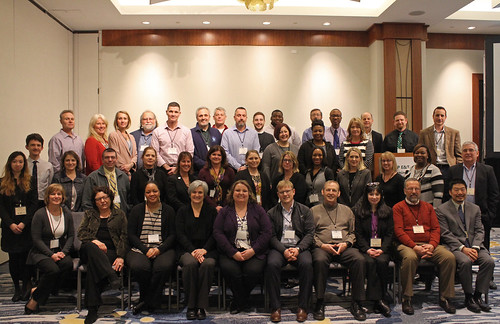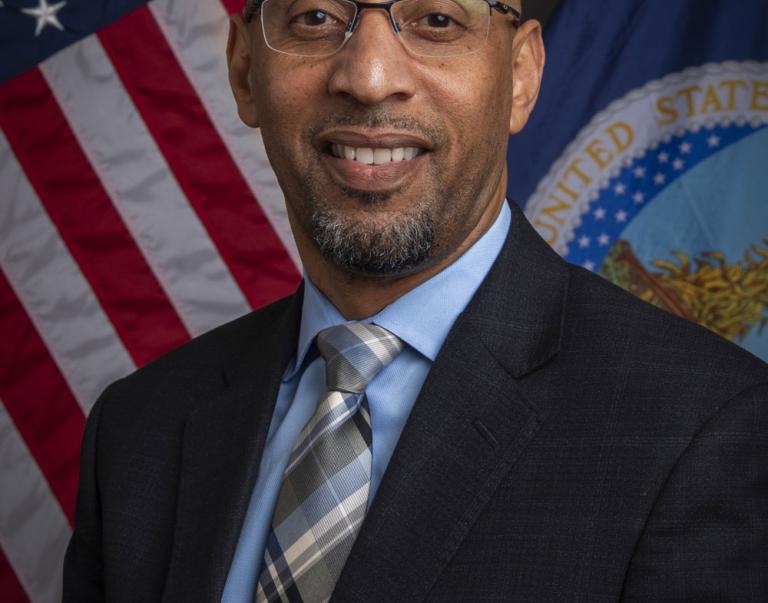
Earlier this week, I had the pleasure of welcoming 39 people from all across the U.S. and a variety of different sectors to the U.S. Department of Agriculture’s (USDA) Supplemental Nutrition Assistance Program Employment and Training (SNAP E&T) Learning Academy. These devoted leaders have committed eight months to becoming experts in SNAP E&T so they can share what they’ve learned with their networks back home and ultimately build successful E&T programs that help individuals find – and keep – gainful employment.
The USDA’s Food and Nutrition Service (FNS) is committed to ensuring participants in SNAP have the skills and support they need to work toward economic self-sufficiency. Self-sufficiency is a cornerstone of the American dream, and it begins with employment.
Effective E&T programs don’t just help people find a job—they equip them with the skills needed to gain and retain good jobs. With two-thirds of jobs created over the next decade expected to require at least some education or training beyond high school, it is critical for SNAP participants who have limited proficiency or earn low wages to have a pathway to becoming self-sufficient.
The SNAP E&T Learning Academy is one way FNS is helping pave that pathway. The Academy includes two multiple-day workshops to increase national expertise and develop new leadership capacity. It uses a “train the trainer” approach to creating high-quality SNAP E&T programs across the country by sharing best practices and proven strategies for helping individuals gain employer-valued skills and find good jobs.
FNS used a competitive application process to select a cohort that includes participants from community colleges, hunger coalitions, state advocacy organizations, local workforce boards, national nonprofits, E&T providers, and state SNAP agencies. This week, they all gathered in Alexandria, Va., to learn from FNS’s Office of Employment & Training, outside guest speakers, and each other. They will take the lessons they learned home to embark on capstone projects, which they will later share with other participants, FNS, and the broader E&T community.
Visit USDA’s SNAP to Skills site to read more about the 2018 SNAP E&T Learning Academy participants. We thank each and every participant for their commitment and look forward to working with them to improve the lives of SNAP participants nationwide.


